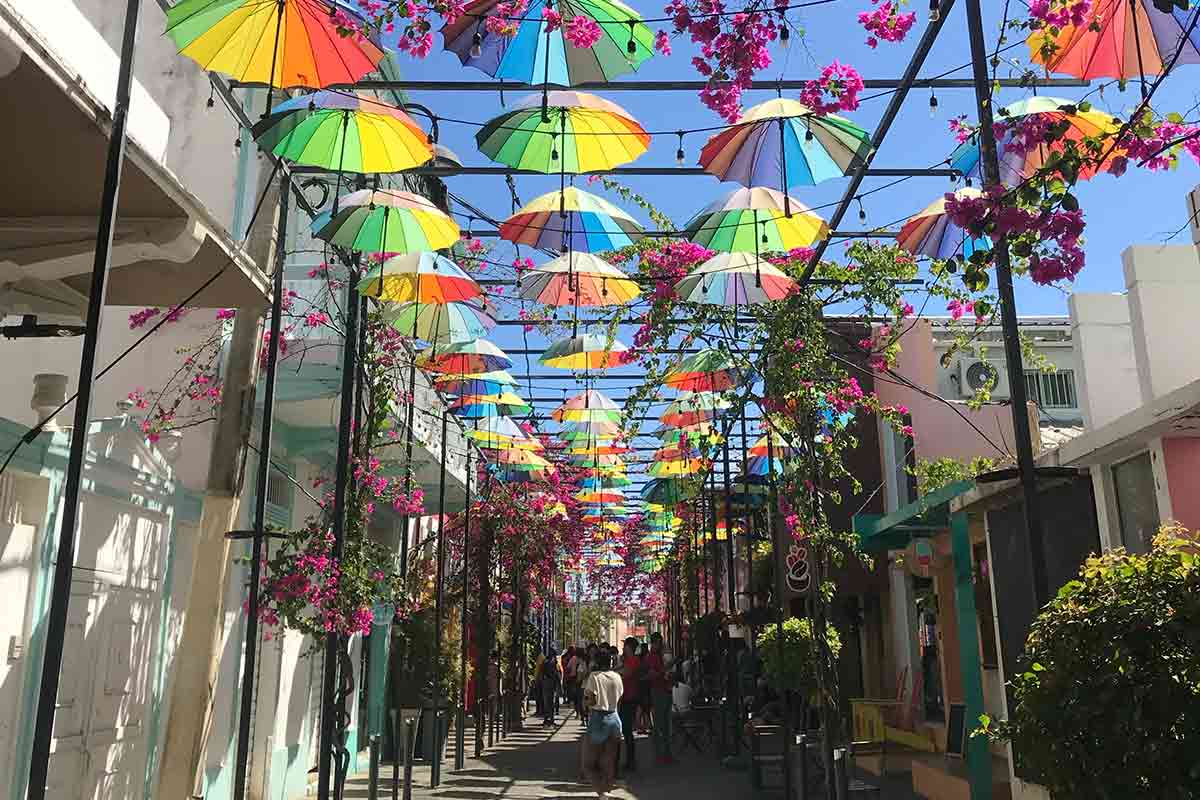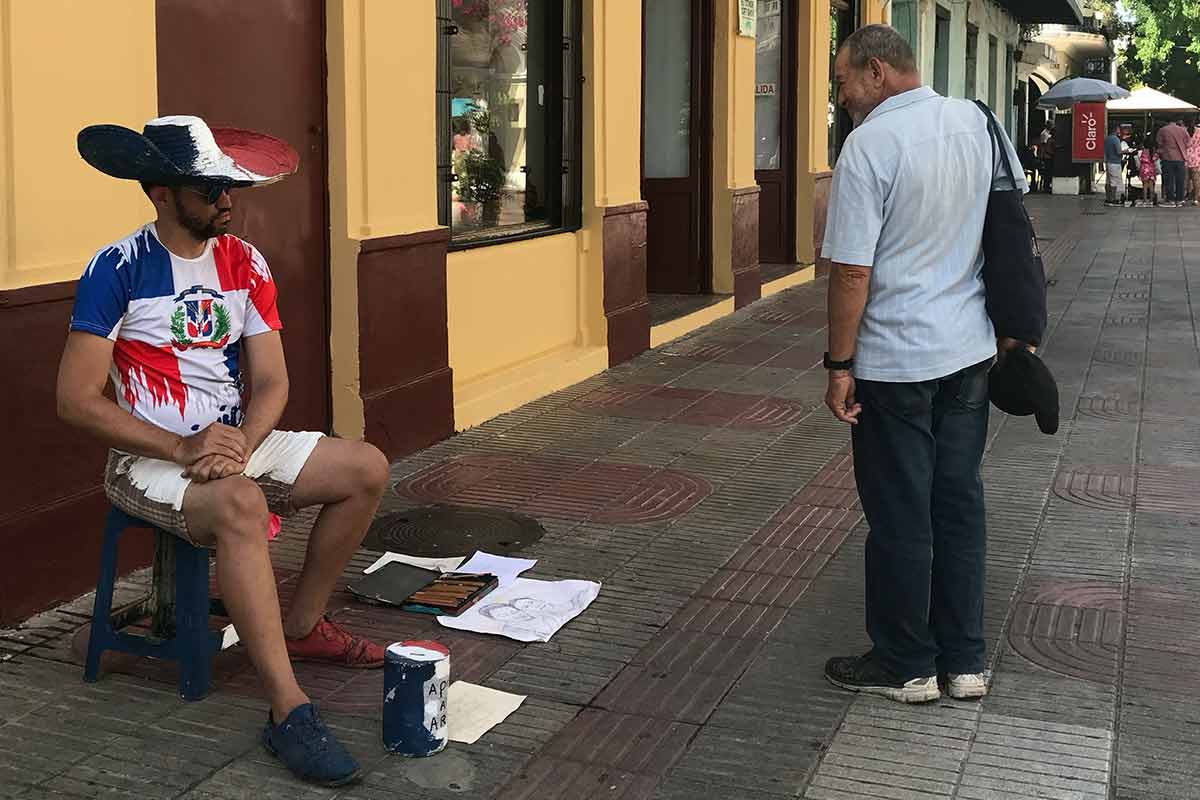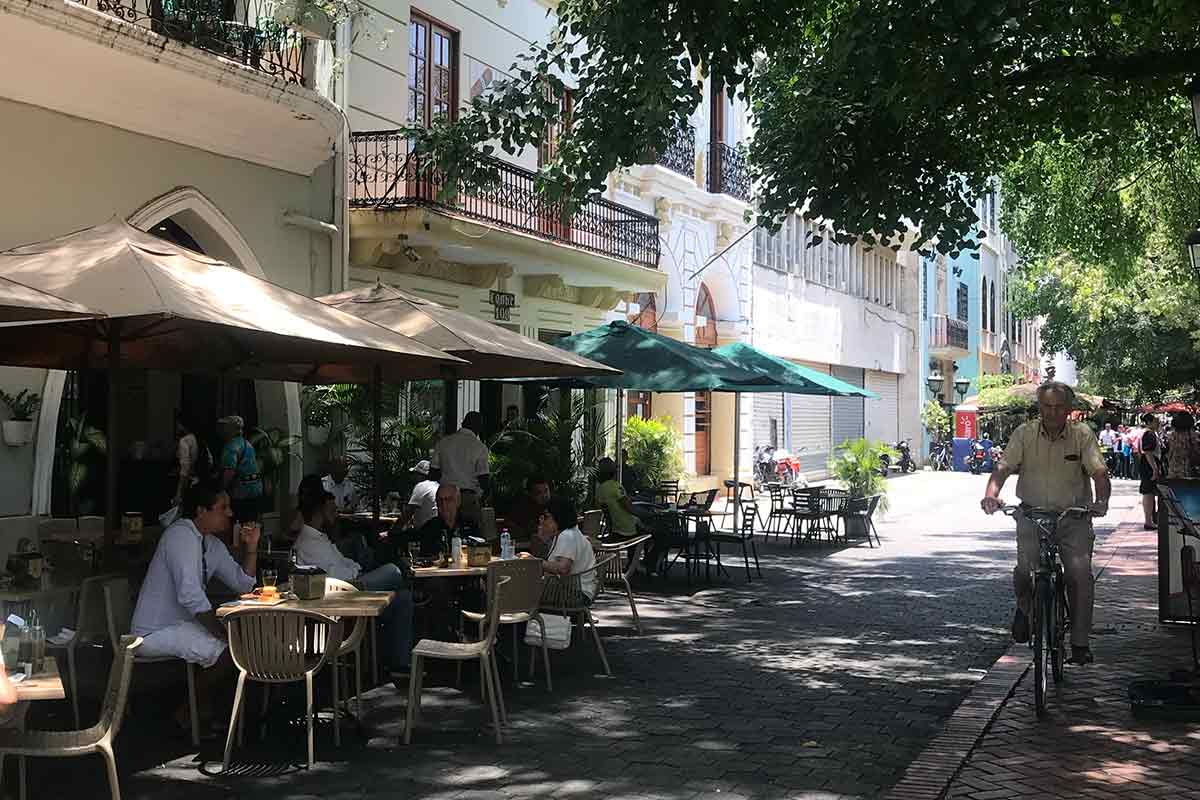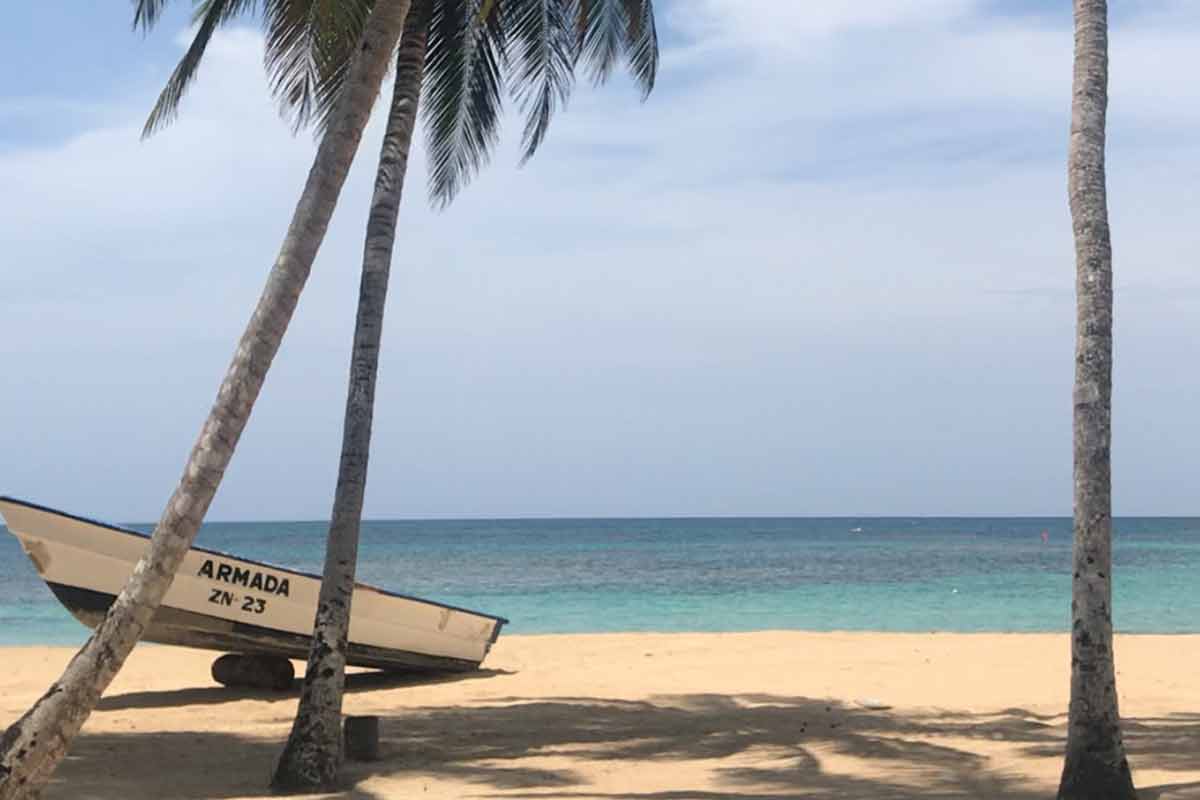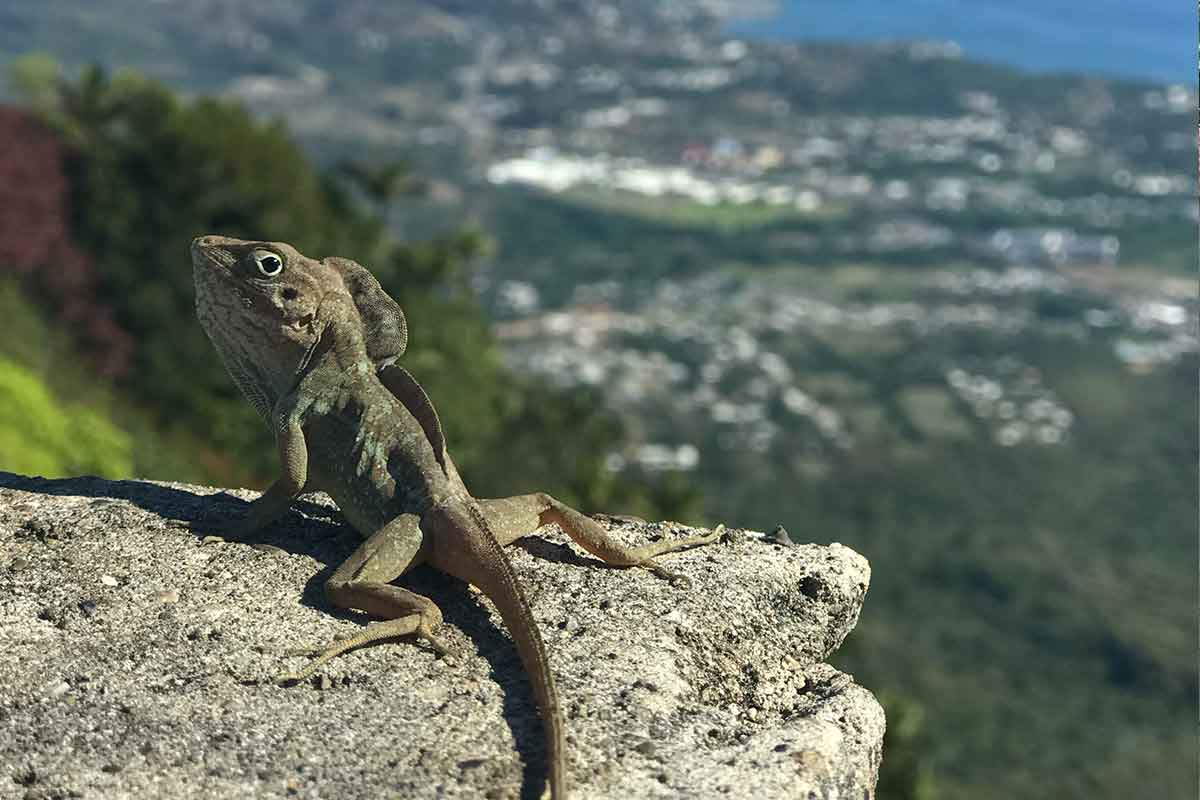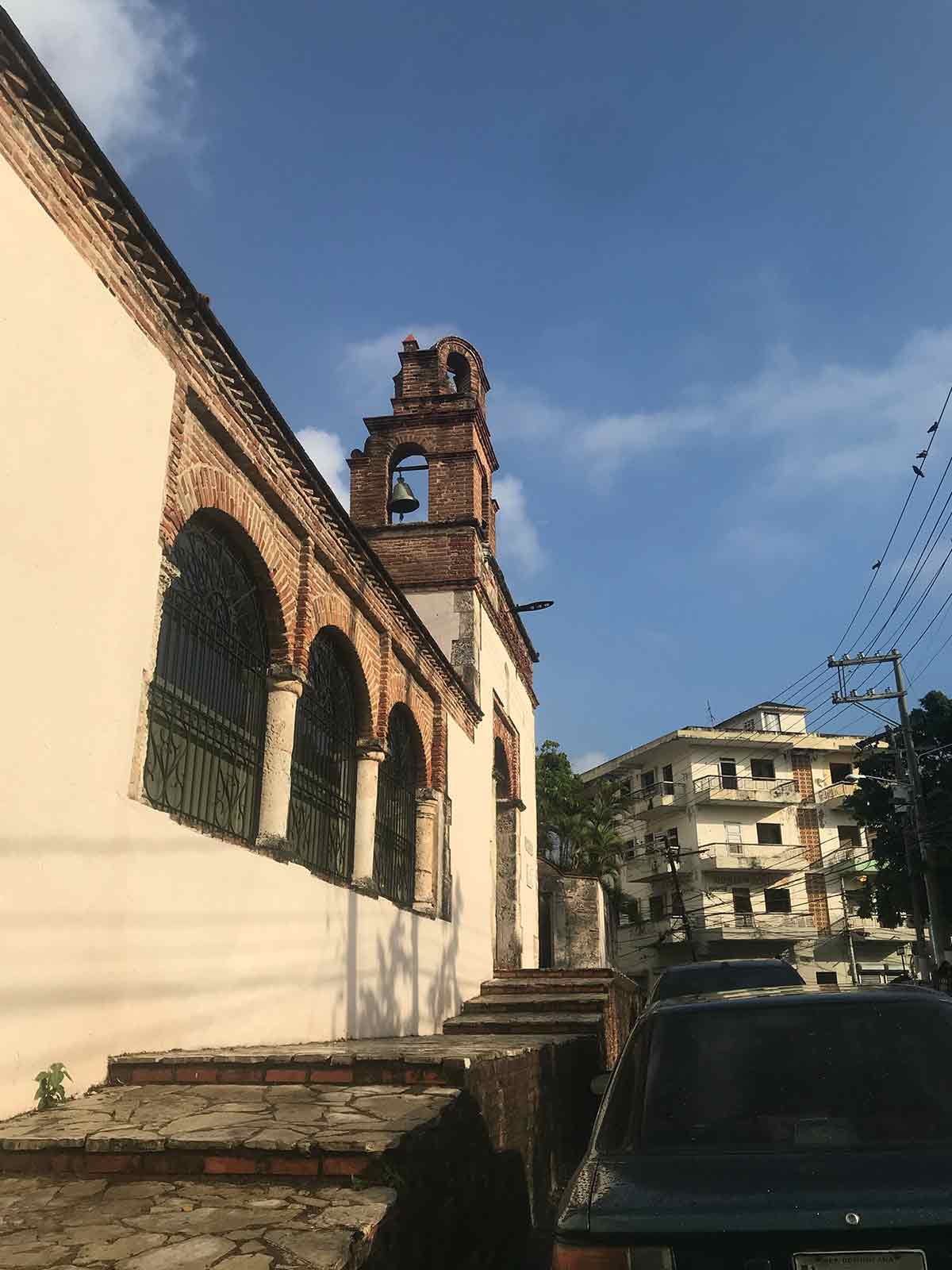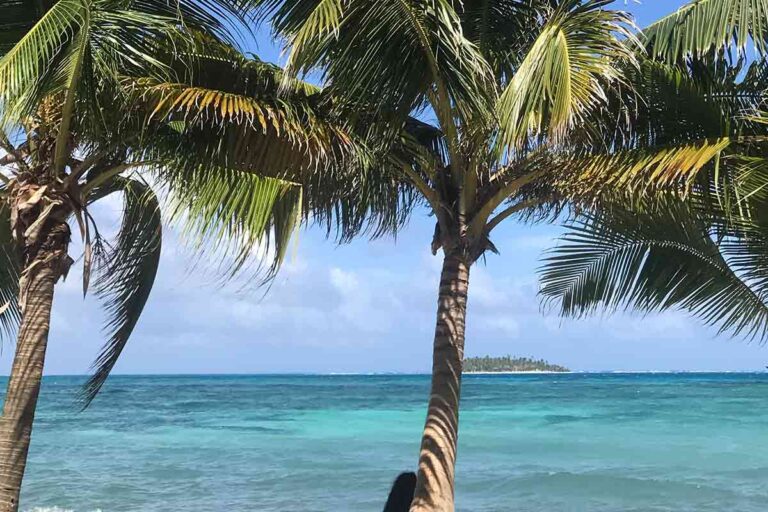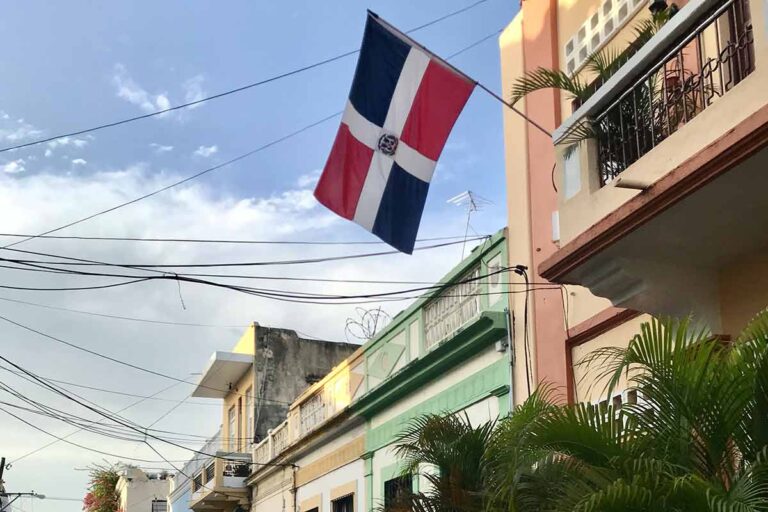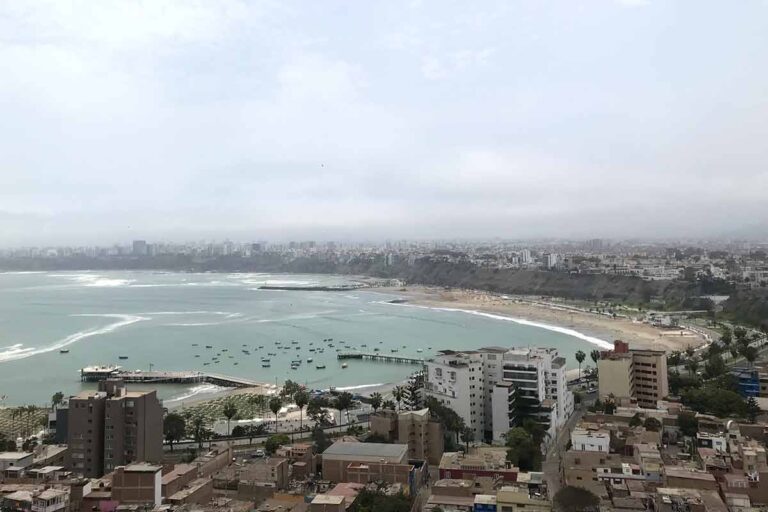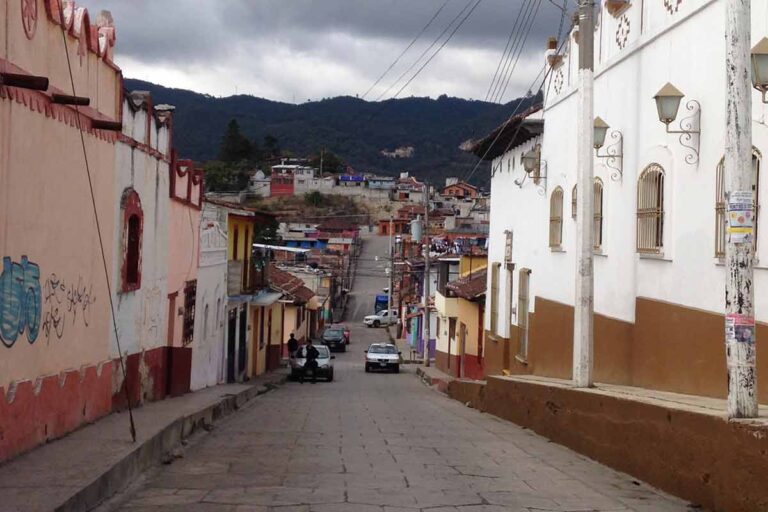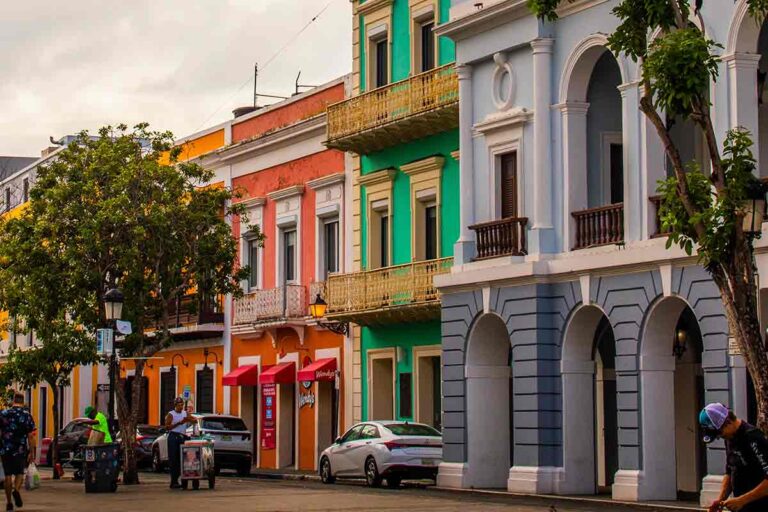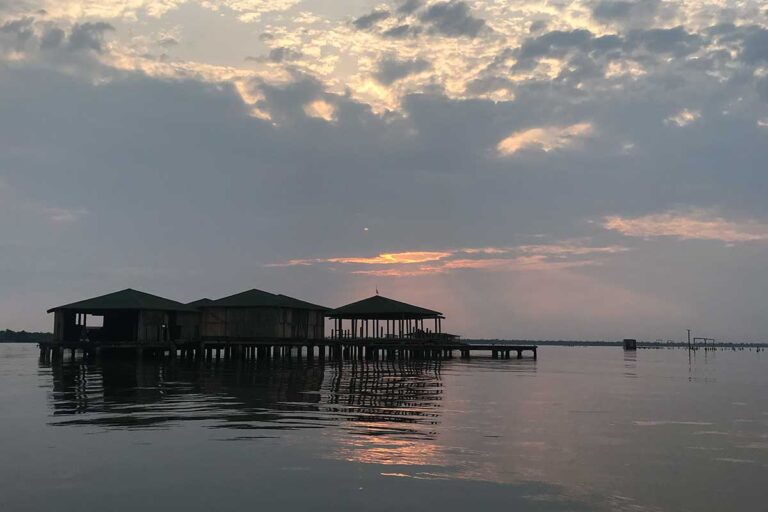Is The Dominican Republic Safe?
Welcome to our Dominican Republic safety guide.
This Caribbean nation has been one of the hottest beach destinations on the planet for several decades, and here there are tons to see and do.
In the capital of Santo Domingo we can see all kinds of colonial architecture, as well as enjoy the beautiful Tres Ojos caves with their crystal-clear green and blue waters.
The northern beaches around Samaná and Puerto Plata are world-class, whilst we can also get to know the real Dominican culture by hitting up places like Santiago de los Caballeros.
The Dominican Republic Quick Summary:
- 📍 Where is it: The Caribbean
- 🗺 Difficulty Getting There: Very Easy
- ⏱ Time needed: 10-14+ Days
- ☀️ Best Time to Visit: November-April
Is The Dominican Republic Safe?
In this comprehensive guide, we’ll explore everything you’ll need to know about Safety in the Dominican Republic as a backpacker or traveler.
We’ll look at all the different factors, our top safety tips, other useful information as well as an FAQ section where we answer your key questions.
We would advise any travelers who are thinking of heading to the Dominican Republic to prepare properly before arriving, and to get in touch with us where we can offer more guidance.
Is the Dominican Republic Safe Right Now?
Quick Answer: Yes, but this popular nation can vary in terms of safety. Areas like Punta Cana (and around Puerto Plata) remain safer, given they heavily depend on tourism.
Crime can be an issue in areas of Santo Domingo, so it’s important to stay in safer districts such as the Zona Colonial. If heading around the city, then be sure to leave valuables back in your accommodation, as well as to dress down to avoid attracting unwanted attention from potential thieves.
There are other things to keep in mind when traveling around the Dominican Republic, which we’ll explore later in this guide.
Where to Stay in the Dominican Republic
In general, the Dominican Republic is well-catered for luxury tourism, especially since it’s one of the best-selling Caribbean destinations out there. However there are plenty of hostels too, which means backpacking is definitely possible (although the Dominican Republic will be more expensive than other parts of Latin America).
In Santo Domingo, the Zona Colonial is the best area to stay in (it’s the safest and is full of local attractions). Those on a backpacking budget will want to stay at the Chao Mamá Hostel, which is in a perfect location and has private rooms at a budget price.
If you’re after more luxury, then consider the Hotel Colonia. Situated right next to the bustling Parque Colón, here you’ll be staying in a beautifully decorated private room with an en-suite bathroom.
When it comes to beach destinations, we’ll find plenty around the island. However Las Terrenas remains one of the very best, which is located along the Samaná Peninsula. Hostel 23 is a great option for those on a low budget, where you’ll be staying within the heart of the town with an on-site bar and garden to enjoy.
If you fancy an upgrade, then the Casa Brisa Mar Hotel is a perfect option, where you’ll be staying in a deluxe private room right on the white sands of Punta Popy Beach.
Things to do in the Dominican Republic
This Latin island is famous for its range of incredible beaches, and we think that they are some of the best in the Western Hemisphere.
Those in the Samaná Peninsula are some of the best, including Punta Popy Beach (Las Terrenas) as well as Playa Rincón. You’ll also want to head on a day trip to Saona Island too, which is close to Punta Cana.
It’s not just about relaxing on white sands here. The history of the Dominican Republic is extremely important, and helps us understand better the country and the phases it has lived through. The colonial period is best observed in Santo Domingo, and we recommend visiting the Alcázar de Colón as well as the Museum of the Royal Houses.
There’s also other unorthodox historical sites worth seeing too, and in Puerto Plata you’ll want to visit the Ámbar Museum (which is home to a perfectly-preserved lizard which dates back over 20 million years).
Overall, as long as you have personal strategies for dealing with the heat, we think that the Dominican Republic is worth visiting regardless of what you’re after from your trip.
Is the Dominican Republic Safe to Visit?
Let’s now cover some other safety factors worth looking at when it comes to visiting the Dominican Republic.
The Dominican Republic Travel Warnings
Currently there are risks associated with various crimes, such as theft and muggings (the most common). There are also others too such as rape and homicide, although there are more frequent in the less touristy areas.
Given the Dominican Republic borders Haiti (which has its own on-going crisis at this time), you will need to be extra cautious if traveling close to the border between these two countries.
Lastly there has been a rise in the amount of Dengue and Chikungunya virus cases on the island, which are caused by being bitten by an infected mosquito. This means wearing a high DEET mosquito repellent is mandatory, and especially so if heading into more remote areas like within the rainforest.
Crime in the Dominican Republic
Crime can be an issue in parts of the Dominican Republic, in both the touristy and non-touristy areas.
Within the touristy areas it’s mainly pickpocketing (which is similar with other major moderately safe Caribbean cities like Havana), which you can easily deter by not bringing valuables with you as well as dressing down.
Muggings do also happen (mostly at night or along more seedy streets), so if this happens to you then do not struggle and simply give over what they ask for.
Outside of the touristy areas you’ll want to keep your guard raised. There have been incidents of violent crime such as rapes and muggings targeted towards tourists who come out of there areas, so always use common sense when you are going off-grid (and preferably go with a trusted friend or organised tour).
Safety in the Dominican Republic during the day
Staying safe during the day in the Dominican Republic is much more simple than night, where your main concern is to avoid getting pickpocketed. This means keeping valuables (like your phone and wallet) in your front pockets, and to avoid walking in less touristy areas solo. See our favorite money belt for help with concealing your goods.
You’ll also want to be cautious when using transport too. There have been cases of criminals attempting to steal through open taxi windows, as well as muggings and theft by those who ride-by on motorcycles.
In general these risks are lower in more touristy areas like Punta Cana and the Zona Colonial in Santo Domingo, however these risks do certainly still exist.
The Dominican Republic Safety at Night
You’ll want to raise your guard up a notch (or three) when heading out at night in the Dominican Republic.
Making smart choices is the best way to avoid most problems that are reported at night in the Dominican Republic. This includes using Uber rather than hailing a random taxi on the street, as well as not getting blind drunk by yourself. Also be sure to avoid walking along quiet or unlit streets by yourself, given there is a risk of getting mugged.
There is also the risk of sexual violence here, which is mostly targeted towards females (although has been reported by both genders). Never accept drinks from a stranger, and aim to head out in a pair (or group) who can look after you if you’ve had a little too much.
Got travel insurance for the Dominican Republic?
7 Safety Tips for the Dominican Republic
Below we will list 7 of our top safety tips for when heading to the Dominican Republic.
Always Wear a Helmet when taking rides on local Motorbikes
Local Motorbike rides are one of the most popular (and cheapest) ways of getting around, and are more frequent in the north of the island. Whilst convenient, always make sure to wear a helmet when riding, given motorcycle-related accidents here are some of the highest recorded on the planet.
Always Be Drinking Plenty of Water
One of the biggest risks you’ll be facing when exploring the Dominican Republic is getting dehydrated. The Sun can be pretty hot here (almost brutal at times – especially in the cities), so you’ll always want to drink plenty. We recommend drinking up to at least 3 liters of water a day. Try carrying a Grayl filter bottle with you to save buying bottled water.
Stay in the Zona Colonial when in Santo Domingo
The capital is a really popular area to visit, especially given its where most travelers first arrive. The Zona Colonial is by far the safest area to stay in here, and also has the highest number of city attractions located along its streets. Not to mention, when it comes to affordable areas to stay in Santo Domingo this is one of our favorites, although you’ll still want to be careful at night and avoid walking into unknown areas alone.
Get Quality Travel Insurance before visiting the Dominican Republic
This is one of the easiest things you can do to stay safe (given it takes just a couple of clicks online). As well as allowing you to claim back any expenses in case something goes wrong, you’ll also have more peace of mind when traveling around the Dominican Republic knowing you are fully covered. We personally recommend booking with WorldNomads.
Avoid Exploring new (and less-touristy) Neighborhoods at Night
We love adventures and getting to know new barrios, however in the Dominican Republic we found that things can get pretty sketchy at night (especially on the outskirts of the Zona Colonial in Santo Domingo). We suggest exploring new areas in the daytime, unless going with a guide or local friend.
Lather up with Lots of Sunscreen
As already mentioned the sun is extremely hot here in the Dominican Republic. Whilst drinking plenty of water is necessary, there’s also a big risk of getting sunburnt too. Always be sure to lather up well with a high quality sunscreen, and to reapply multiple times in the day (especially if heading to the beach).
Leave Valuable Belongings back in your accommodation
Pickpocketing remains one of the biggest crimes in the Dominican Republic, and happens in both touristy and non-touristy areas. This means you’ll want to leave things like your passport and (large amounts of) cash locked away. Also when going to the beach, never leave things unattended if going for a swim in the sea.
The Dominican Republic Safety FAQ Guide
Is the Dominican Republic Safe? Final Words
And that’s all for our guide on how to stay safe in the Dominican Republic.
As one of the world’s most popular beach destinations, the Dominican Republic is growing in popularity amongst backpackers looking to enjoy a slice of paradise on a budget.
We’ll also find all kinds of unorthodox attractions all over the island, as well as a very memorable and heated local culture.
Staying safe in the Dominican Republic is something you’ll want to keep in mind daily, given there are some risks. We’ve outlined the major threats whilst here, so it’s just a case of being sensible and revisiting this article in case you are unsure or need more reassurance.
In this guide, we’ve explored the current safety situation in the Dominican Republic, which includes whether it’s safe to visit, as well as any current travel advisories.
As well as looking at the best things to do in the Dominican Republic we’ve also included our FAQ which answers your most burning questions.
While you’re still here, be sure to read our Backpacking Dominican Republic Itinerary to learn more about what you can do when exploring this memorable Caribbean nation.
👉🏽 P.S. If you’ve found this guide helpful, buy us a coffee here to say thanks! Or, support us by downloading our South America Travel Bible to get our best content.
“Dear traveler! Some links in this post contain affiliate links. Meaning, if you click through and make a purchase, book a hostel or sign up for a tour, we may earn a small commission at no additional cost to you. Your support means a lot and helps us to carry on traveling and maintaining the quality of this site for you.”

